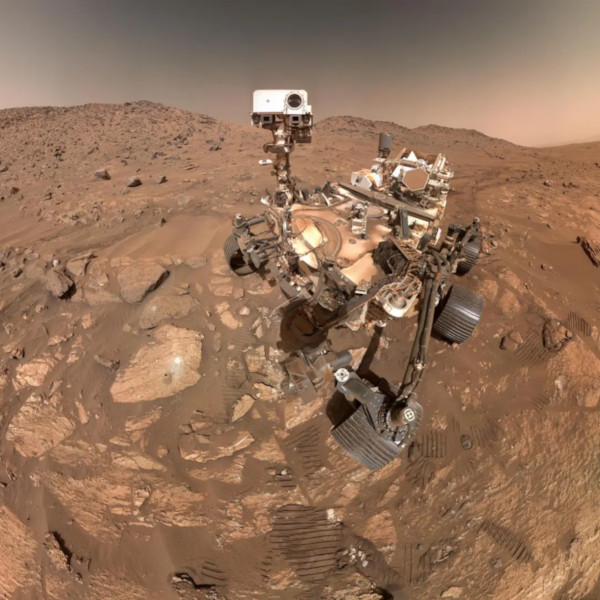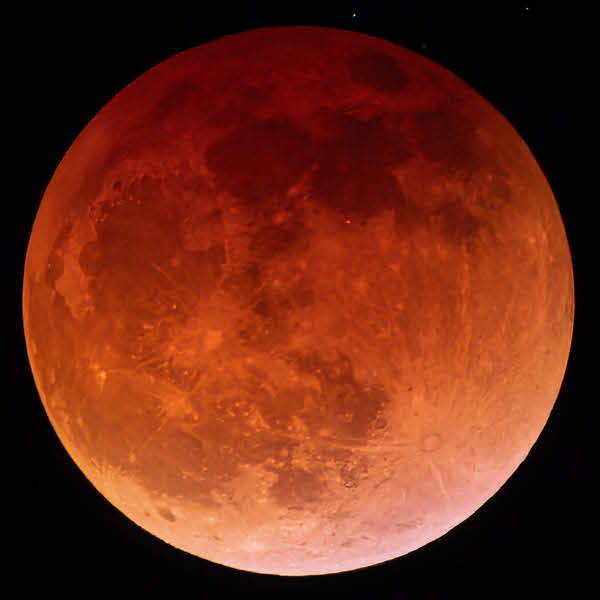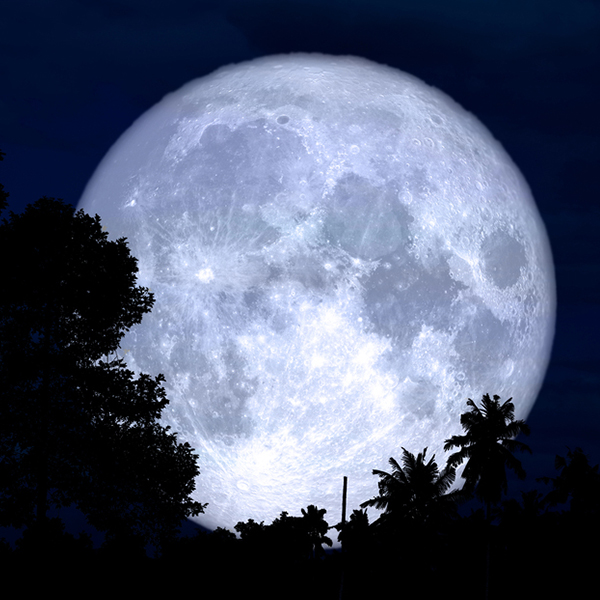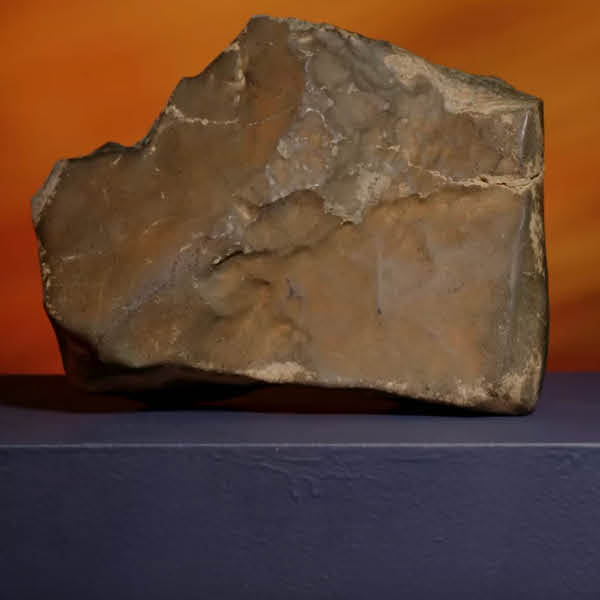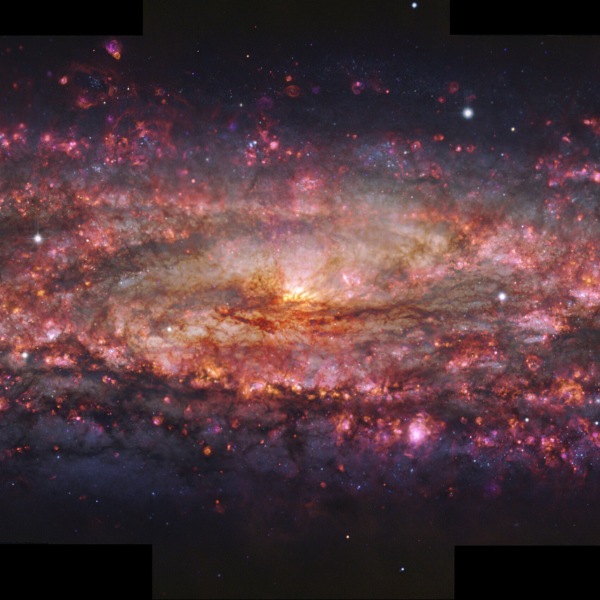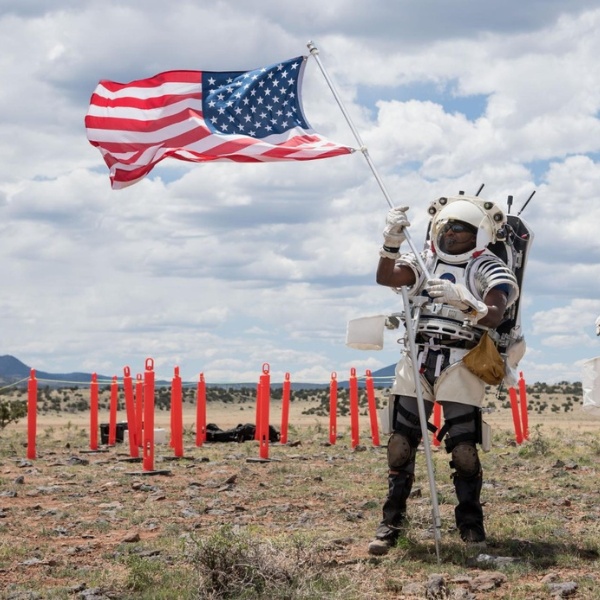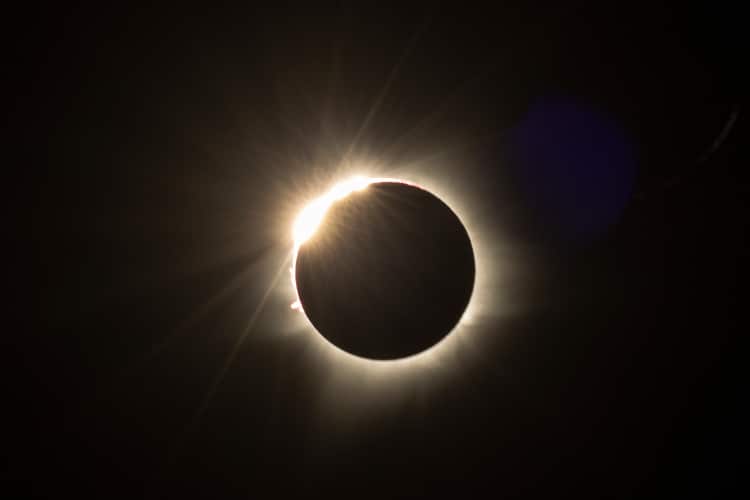
Photo: StefanMal/Depositphotos
The April 8, 2024 total solar eclipse is upon us. Since all of the continental U.S. will get at least a partial eclipse, why not join in on the fun? Given the rarity of the event—this will be the last total solar eclipse visible from the lower 48 until 2044—it's best to make the most out of the experience. To make this sweeping event smooth and memorable, here's everything you need to know about the eclipse, as well as some handy tips.
The Basics
A total solar eclipse happens when the Moon passes between the Sun and Earth, completely blocking the surface of the Sun. We owe this to a unique coincidence. While the Sun is about 400 times bigger than the Moon, it is also about 400 times farther away—that's why they appear to be about the same size in the sky from our point of view.
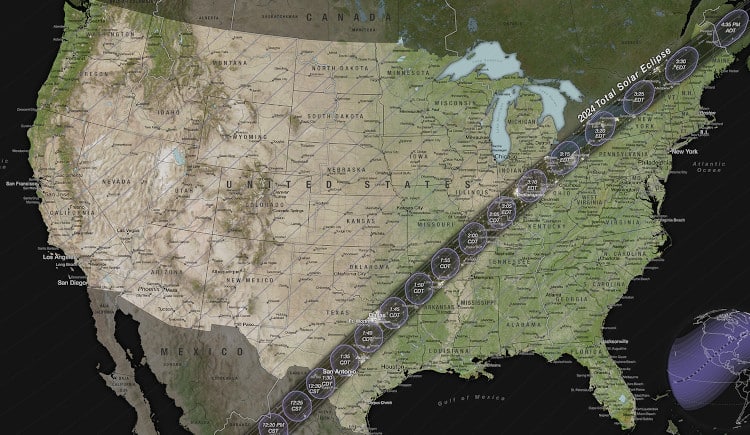
Photo: NASA
The Path of Totality
The eclipse will be seen across North America. However, only a strip of land, roughly 4,000 miles long and 115 miles wide will get a total solar eclipse. The eclipse will begin in Mazatlán, Mexico, before crossing the border in Texas, and continuing its way to the northeast—Oklahoma, Arkansas, Missouri, Illinois, Kentucky, Indiana, Ohio, Pennsylvania, New York, Vermont, New Hampshire, and Maine. Very small corners of Tennessee and Michigan will also be able to view totality of the eclipse. You can browse this map to make sure if your location is in the path, or how much you'll get to see from the eclipse, and check here for the exact start and peak times.
Many wonder what they'll get to see if they are not in the path of totality. At best, you'll see the Sun almost covered, and the leaves in the trees projecting crescent-shaped shadows, but it will not get dark. For you to experience the day-to-night turn, you must be inside the path. As one Redditor put it, 100% totality is Disney World, while 99.9% totality is the Disney World parking lot.
It is not recommended to go out of your way to reach a destination within the path of totality. There is sure to be a lot of traffic in and out of these areas—in 2017 there were record-breaking traffic jams, and the same is expected this year. Hotel rooms and flights are going for hundreds of dollars, and availability is extremely limited in most places. If you're undecided about making last-minute plans, make a list of pros and cons—some are willing to break the bank for the experience, while others are happy to follow it from their home. Think what's best for you. NASA will also have a livestream of the eclipse for you to follow wherever you are.
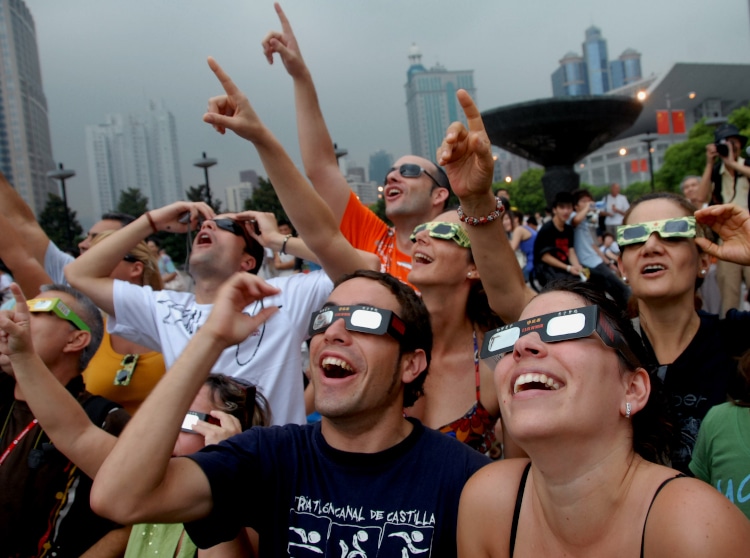
Photo: ChinaImages/Depositphotos
Safety
If you want to watch the solar eclipse, you need solar eclipse glasses. These are specially made to protect your eyes. Regular sunglasses don't offer any protection at all, so don't see them as an alternative. If you're in the path of totality, you need to keep them on all the time except for the few minutes of totality, when the Sun's corona appears. If your area only gets a partial eclipse, you need to keep them up any time you want to look at the Sun. Also, put them on before looking at the Sun and don't take them off before you've looked away.
“With the coming eclipse in April, ophthalmologists advise people to be careful and not assume that short glances at the Sun are safe. Damage can occur, they say, in less than a minute,” reports The New York Times. “With every eclipse, ophthalmologists see patients who looked at the Sun and complain afterward that their vision is distorted: They see small black spots, their eyes are watery and sensitive to light. Usually, the symptoms resolve, although it may take several weeks to a year.”
To guarantee they give you the protection you need, make sure your eclipse glasses are ISO 12312-2 compliant. The American Astronomical Society put together a list of vetted vendors where you can get your glasses from. This includes some large retail chains. Many cities will also host events where glasses will be given away.
If you aren't able to get a pair of eclipse glasses or would feel more comfortable with an indirect viewing method, you can make a simple projector with two pieces of cardboard. Just make a tiny prick in the center of one of the cards, and project the shadow onto the other one without ever looking up at the Sun yourself. If you have the time, you can make a simple cardboard projector following this NASA tutorial. In a pinch, a colander can also project the shadows on the ground.
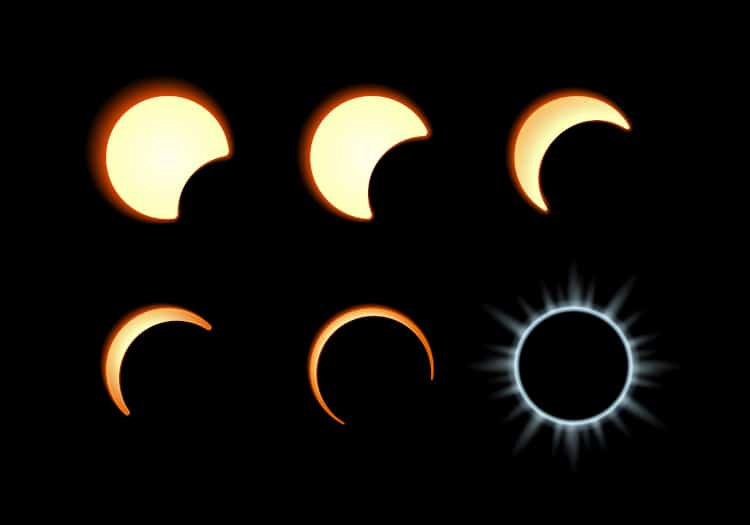
Photo: Andrew_Rybalko/Depositphotos
Weather
While many eclipse chasers are already looking at forecasts, it's hard to determine the conditions so far ahead. While the southwest edge of the eclipse path has better odds at a clear sky, cloud cover can be difficult to pin down, even hours before the eclipse. Still, you should be able to experience the day-to-night phenomenon, as well as the Purkinje effect—as the lights dim, our eyes get more sensitive towards the blue end of the spectrum.
Photography
There will be many people photographing the eclipse, so it's perfectly ok if you just want to take it in with your eyes. Still, if you want to give it a try, we previously talked to photographer Jon Carmichael about capturing the eclipse. “If you’re more of a professional or hobbyist with a DSLR or mirrorless camera,” he told My Modern Met, “you may want a telephoto lens (200-400mm) to get closer detail of the eclipse or a wider lens if you want to capture the scenery around you.” He added, “Also, be sure to have a sturdy tripod, a shutter remote to prevent camera shake, solar filters to protect your eyes, and a camera sensor. It's entirely possible to photograph the eclipse on a budget, especially with how far phone cameras have come.”
You can read our entire conversation with Carmichael and all of his tips here.
Related Articles:
Astrophotographers Join Forces To Create High-Definition Panorama of Annular Eclipse
Green ‘Devil Comet’ Could Be Visible During April 8 North American Solar Eclipse
Astrophotographer Uses 2,000 Images To Create 8K Time-Lapse of “Ring of Fire” Eclipse














































































